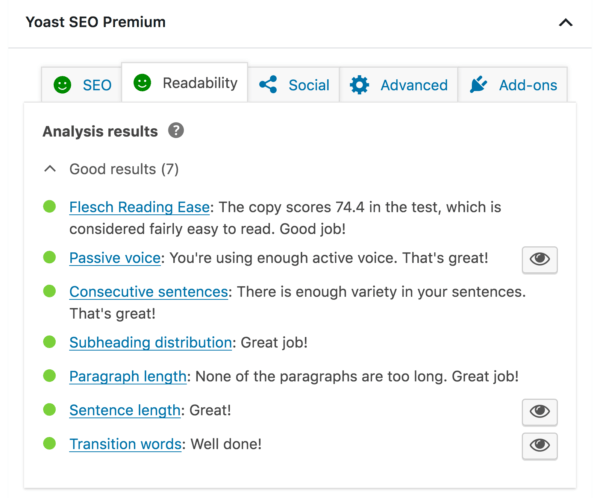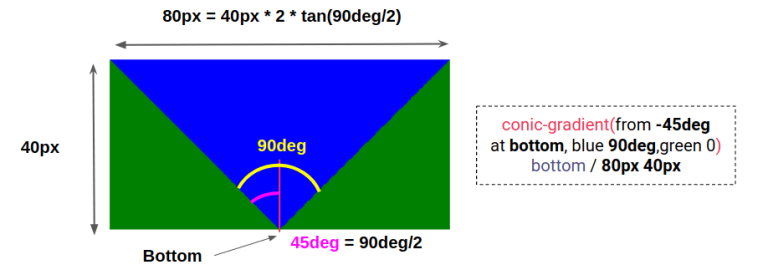The construction industry can—and must—undergo as profound a digital transformation over the next few years as any business segment, spurred on by help from the cloud.

The construction and building maintenance industry can see many benefits from a cloud-central approach.
getty
Foundational business practices—such as supplier and customer relationships, as well as organizational structures and marketing methods—have profoundly changed in 2020. That’s true no matter what product or service you sell, and there’s a strong chance these new ways of working will survive the COVID-19 pandemic as lasting parts of your business.
Many organizations are already working in the cloud for faster and more accurate sales tracking, as well as quicker reactions to market changes. Typically, those companies are in fast-moving industries like online retail, finance, and digital media. But what about industries that haven’t been seen much in the cloud? There are signs that businesses in these industries are also moving toward profound digital change, reimagining themselves in unexpected ways—and reaping benefits that prove the cloud isn’t just for digital-native companies.
Too often we hear the argument that digital transformation is only for digital companies. I don’t agree.
Consider the field of construction and building maintenance. Two years ago, a survey by Ernst & Young of companies along the engineering and construction value chain (including general contractors, designers, developers, and companies focused on infrastructure, building materials, and engineering) showed that only 25% of respondents had a clear digital transformation plan in place. That’s a fairly shocking number for industries of this size. The construction industry alone employs more than 7 million people and creates $1.3 trillion worth of structures each year, according to a report by the Associated General Contractors of America, the leading association of the industry. This means that businesses that can put together and execute their digital transformation plan are in a good position to disrupt a market that’s slow to adopt modern technologies like cloud computing.
Too often we hear the argument that digital transformation is only for digital companies. I don’t agree. The construction industry can—and must—undergo as profound a digital transformation over the next few years as any business segment, spurred on by help from the cloud.
Building for better data
Table of Contents
Buildings that are not designed as smart buildings are not very well attuned to the changing needs of their inhabitants. This is a disconnect that starts early in the building development cycle, when there’s often a big gap between design and construction. Frequently, you’ll see builders scratching their heads when looking at previous designs, wondering why the architects chose to do this or that. Once the building is finished, there’s another opportunity for a dropped baton, when yet another company takes over day-to-day building management.
Now imagine a new way of building that incorporates modern technology, one that’s designed around using the cloud coupled with sensors to create a “digital twin” of a physical building. A digital twin is a digital representation of a physical asset, process, or system that can be modified and redesigned at will, and has become an important way of understanding and managing risk. One example of creating a digital twin would be outfitting an existing building with data-gathering sensors that record a wide variety of real-time signals throughout the structure—including electrical, optical, chemical, biological, and radiological changes. A setup such as this can help monitor, manage, and adjust systems in order to optimize for things like predictive maintenance, climate customization, and energy savings.
Civil engineering firm Léon Grosse is one great example of how the construction industry can benefit from cloud technology. With the help of G Suite, the company improved day-to-day workflows of employees across various divisions, including office-based management and administrative support teams, as well as site-based masons, carpenters, and construction workers. Another example comes from Talgo. The Spanish manufacturer of intercity, standard, and high-speed passenger trains uses cloud technologies for predictive train maintenance. This minimizes the need for maintenance stops, for a potential savings of over 200 hours a year per train in maintenance inspection time.
How modern buildings can improve with cloud technology
One exciting example of the digital twin’s power can be seen in Google Cloud’s partnership with Lendlease, an Australian property and infrastructure group working in more than 40 countries. Lendlease selected Google Cloud as their primary cloud partner to launch Podium, a new digital platform that can model and visualize the dynamics of real-world buildings. By gathering data across the property lifecycle, whether it’s on building materials, airflow, temperature, physical wear, or the movement of people and goods, the building supply chain can understand and act on these interdependencies like never before.
“The next phase of innovation is centered around autonomous buildings, using AI to automate the construction and operation of a building in a more holistic way.”
Lendlease believes the future of the property industry revolves around leveraging the cloud and sensors to provide a digital twin of a physical building—before the building is even assembled—that can be modeled, explored, and analyzed using Google Cloud’s artificial-intelligence-based data services. The insights provided are wide-ranging, from offering ways to cut overall energy consumption to improving safety and productivity. “The next phase of innovation is centered around autonomous buildings, using AI to automate the construction and operation of a building in a more holistic way,” said William Ruh, CEO of Lendlease Digital.
In addition to helping buildings become more energy efficient, using a cloud-powered platform like Podium can bring about benefits at a much broader scale. For example, autonomous smart buildings can curtail their energy consumption on days when the city’s power grid is near capacity. They can also create localized energy “microgrids” that help stabilize supply fluctuations and reduce overall energy demand.
More useful tools are also being developed to help reduce the energy needed to heat and cool commercial buildings. At Google Cloud, we’re building the Industrial Adaptive Controls platform in collaboration with DeepMind, which provides AI control of cooling systems in commercial and industrial facilities. Now, the same AI technology that helps reduce the energy Google uses to cool our data centers by 30% will be available globally for use by commercial buildings and industrial facilities.
A step toward the smart city
Smart buildings are key for a smart city’s collaborative ecosystem, providing building blocks for the centralized management and operation of services like electricity, gas, and water that reduce consumption and cost.
That, in turn, has global ramifications. According to UN Habitat, “cities consume 78% of the world’s energy and produce more than 60% of greenhouse gas emissions.” A smart city could help cut those numbers. That is critical in places like Copenhagen, which is committed to being carbon neutral by 2025.
Not every city needs to be engineered from the ground up to be smart. Older buildings and cities can be retrofitted in smaller but important ways. Every little bit of conservation counts.
The construction and building maintenance industry can see many benefits from a cloud-central approach. For example, the cloud can simplify collaboration between a wide range of key stakeholders, including subcontractors, material suppliers, electricians, and plumbers. Imagine a scenario where a local authority requires a last minute change to the construction plans. In the traditional model, the involved parties would be faxing, emailing, and physically delivering large, time-sensitive documents. Alternatively, by hosting key documents in the cloud, any changes and updates are visible to everyone in real time. On a city-based construction site with a tight timeline and significant daily staffing costs, eradicating the delays from last minute changes could save millions of dollars.
Construction companies also deal with fluctuating budgets related to the cost of raw material. An oil price spike, for instance, affects everything from the cost of gasoline in trucks to PVC piping prices. With the cloud—which offers easy and transparent access to the various information streams and databases used to create budgets—businesses can quickly plan and adjust their budgets as needed.
And this is all just the beginning. Forward-thinking building construction and maintenance companies that embrace the cloud now can take advantage of its strength, speed, and flexibility, giving them a competitive edge. And as the rest of the industry starts to more widely adopt the cloud, will your company be one of those embracing change and driving disruption, or will it be one of those displaced by a fast-moving startup?
Keep learning: Discover steps any organization can take to quickly adapt and achieve positive results with tighter resources. Get Google’s Guide to Innovation.







